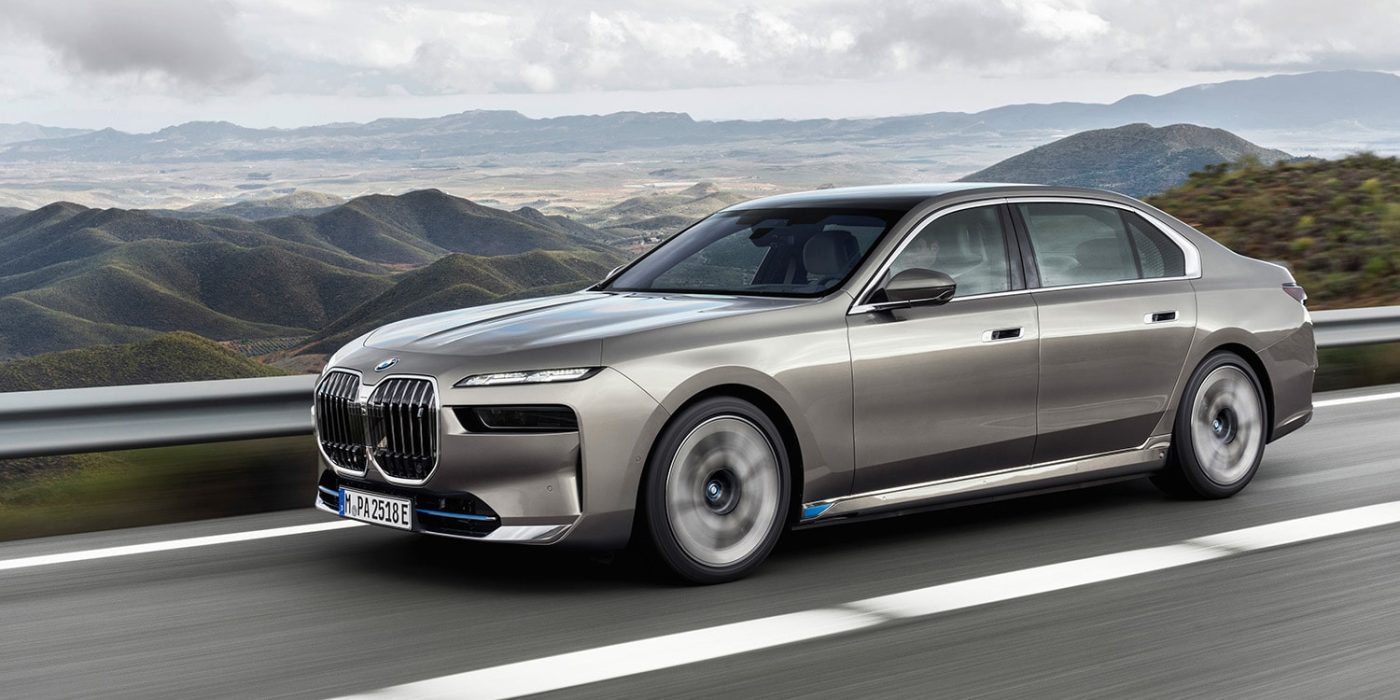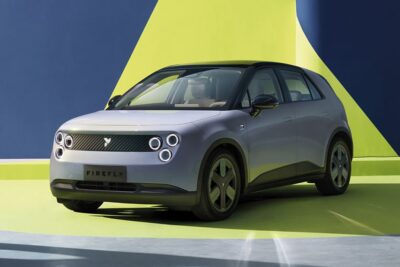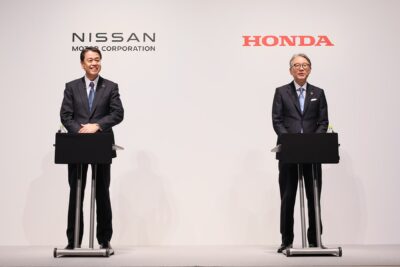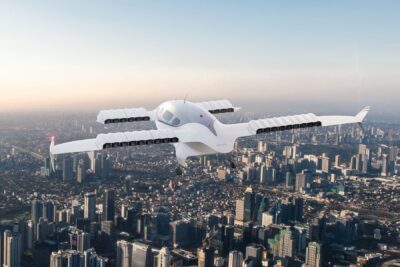BMW to launch i7 with rear-wheel drive in July
According to the German carmaker, the new BMW i7 eDrive50 offers a maximum output of 335 kW and comes with a range of 575 to 611 kilometres in WLTP. In the USA, both i7 and i4 customers also have the option of a boosted variant with longer ranges.
The maximum torque of the i7 eDrive50 with an electric motor on the rear axle is 650 Nm, which should enable the new base model to accelerate to 100 km/h in 5.5 seconds. The top speed is electronically limited to 205 km/h. BMW has not yet provided any information on the battery but the electric car’s maximum range of 611 kilometres means that the powerful all-wheel-drive model has a slightly higher range than the base model.
In the online configurator, BMW states it is the same battery unit with 105.7 kWh gross and 101.7 kWh net. The battery can be charged with up to 195 kW DC, and the charging process from ten to 80 per cent takes 34 minutes. In the basic i7, an 11 kW onboard charger for AC charging is installed ex works.
The fact that the 400 kW all-wheel-drive model with the same battery has a slightly longer range is only surprising at first glance. While the base model uses the 335 kW rear engine, the all-wheel drive model has a 230 kW unit on the rear axle and a 190 kW engine on the front axle. Since only the rear electric motor takes over propulsion when power requirements are low (as is usual in the WLTP test procedure), the 230 kW unit obviously works more efficiently here. In addition, the all-wheel drive model can use the front electric motor for more efficient recuperation when decelerating. For these reasons, the GTS all-wheel drive model of the Porsche Taycan also has a slightly higher standard range than the rear-wheel drive model. On the road, these ratios can shift again.
After its premiere last year, the i7 xDrive60 was available as a 400 kW all-wheel drive model, followed in April by the already announced top model i7 M70 xDrive with 485 kW output. The i7 eDrive50 starts in Germany at prices starting at 115,700 euros, replacing the 400 kW all-wheel drive model (from 139,990 euros) as the most affordable i7 to date.
BMW has also announced further model upgrades for its electric models. Among other things, new functions will be available for all variants of the BMW i7 and the BMW iX from summer 2023 onwards. For example, the BMW Charging range will be expanded to include the Multi-Contract Plug & Charge function, which enables automatic authentication of the vehicle at public charging points. BMW only introduced this function this week with the new i5. The new Multi Contract Plug & Charge function can be made available by means of a remote software upgrade for all BMW i7 models produced since July 2022 and for all BMW iX vehicles produced since March 2023.
For these i7 and iX models manufactured after the above-mentioned production date, the ‘Max Range’ function will also be added via a remote software update. This should make it possible to increase the range by up to 25 per cent by limiting the drive power and top speed as well as by reducing comfort functions. “The Max Range function was designed in particular for situations in which an originally planned stopover has to be dispensed with because, for example, the controlled charging station is defective,” says BMW – i.e. as a range buffer, not for regular operation.
Another software update only affects iXs built from March 2023 onwards, thanks to advances in the charging software BMW developed for the i7. This means the efficiency of charging the high-voltage battery can also be increased in the iX. This should ensure shorter charging times, although the carmaker has not quantified the time savings.
For the i7, iX, i4 and iX1 (i.e. all currently available electric BMWs except the iX3), route planning has also been improved. The preferred charging status with which the driver wants to reach the stopovers and the destination can now be set in five-per cent increments and be incorporated into the route planning. In future, the system will also be able to give preference to the charging stations of selected providers and exclude others from the route planning at the customer’s request. The software update should also be able to apply this function to vehicles that have already been delivered; BMW does not specify a limitation according to the production date.
In the USA, in addition to the i7 eDrive50, the i4 xDrive40 will also be getting an expanded electric range. The i4 line will get a new all-wheel drive variant, the 2024 i4 xDrive40. The i4 xDrive40’s dual electric motors produce a total of 396 hp and 443 lb-ft of torque, which enables acceleration from 0-60 in 4.9 seconds. The battery in the i4 xDrive40 has a net usable energy content of 80.7 kWh and can be recharged at up to 205 kW on a DC fast charger, giving it a range of up to 307 miles when fitted with the standard 18-inch aerodynamically-optimised wheels or 282 miles with the optional 19-inch wheels. BMW has noted here that this is still an estimated range according to preliminary BMW AG tests based on the EPA’s test procedure standards.
In the USA, the 2024 BMW i4 xDrive40 will start at a base price of $61,600 plus $995 destination and handling. The 2024 BMW 750e xDrive will carry a base price of $107,000 plus $995 destination and handling when it enters the US market in the third quarter of 2023, which is also when US deliveries are expected to start for the 2024 BMW i4 xDrive40.
Including reporting by Sebastian Schaal





2 Comments